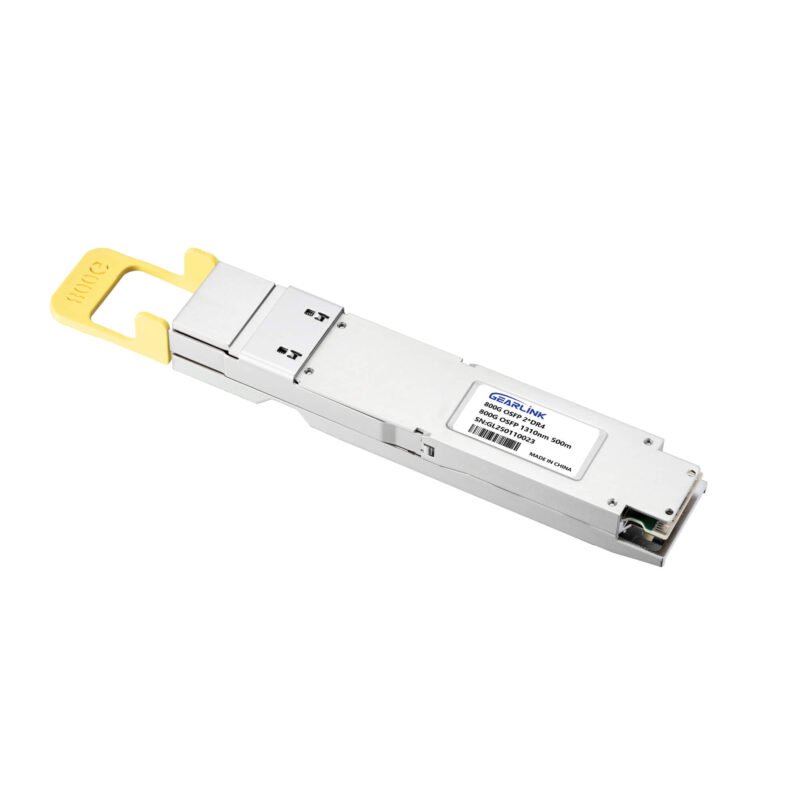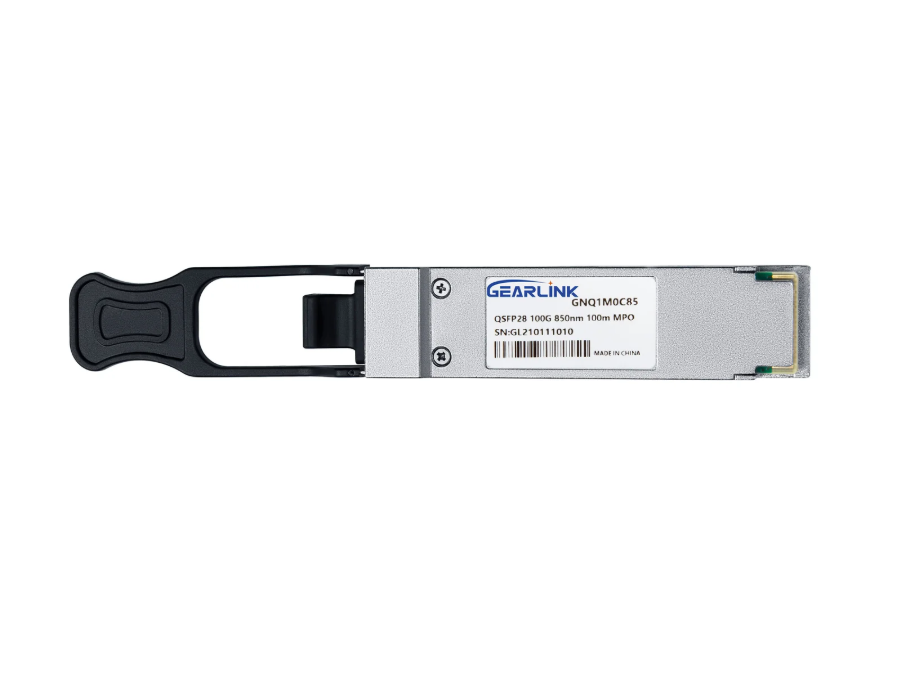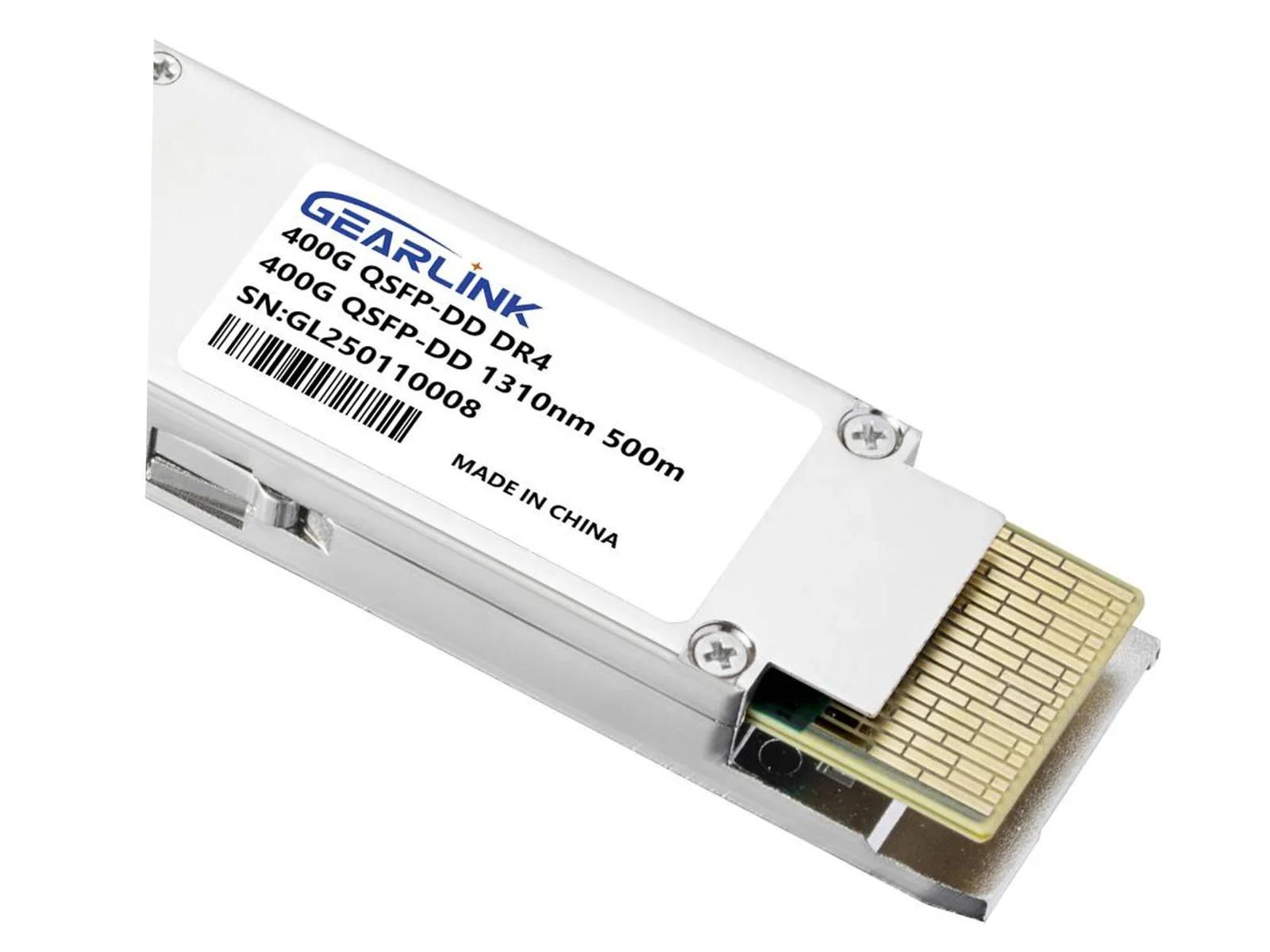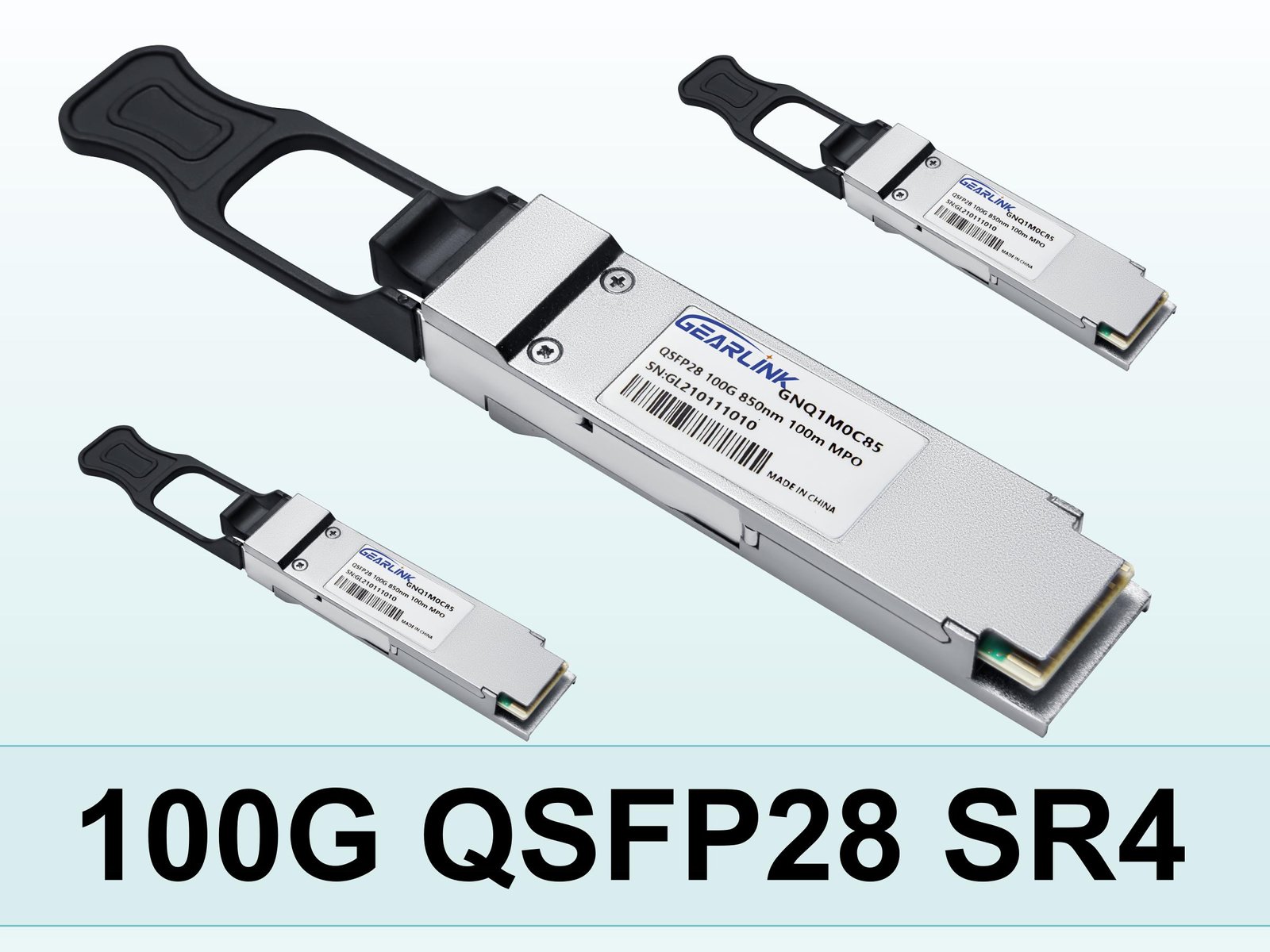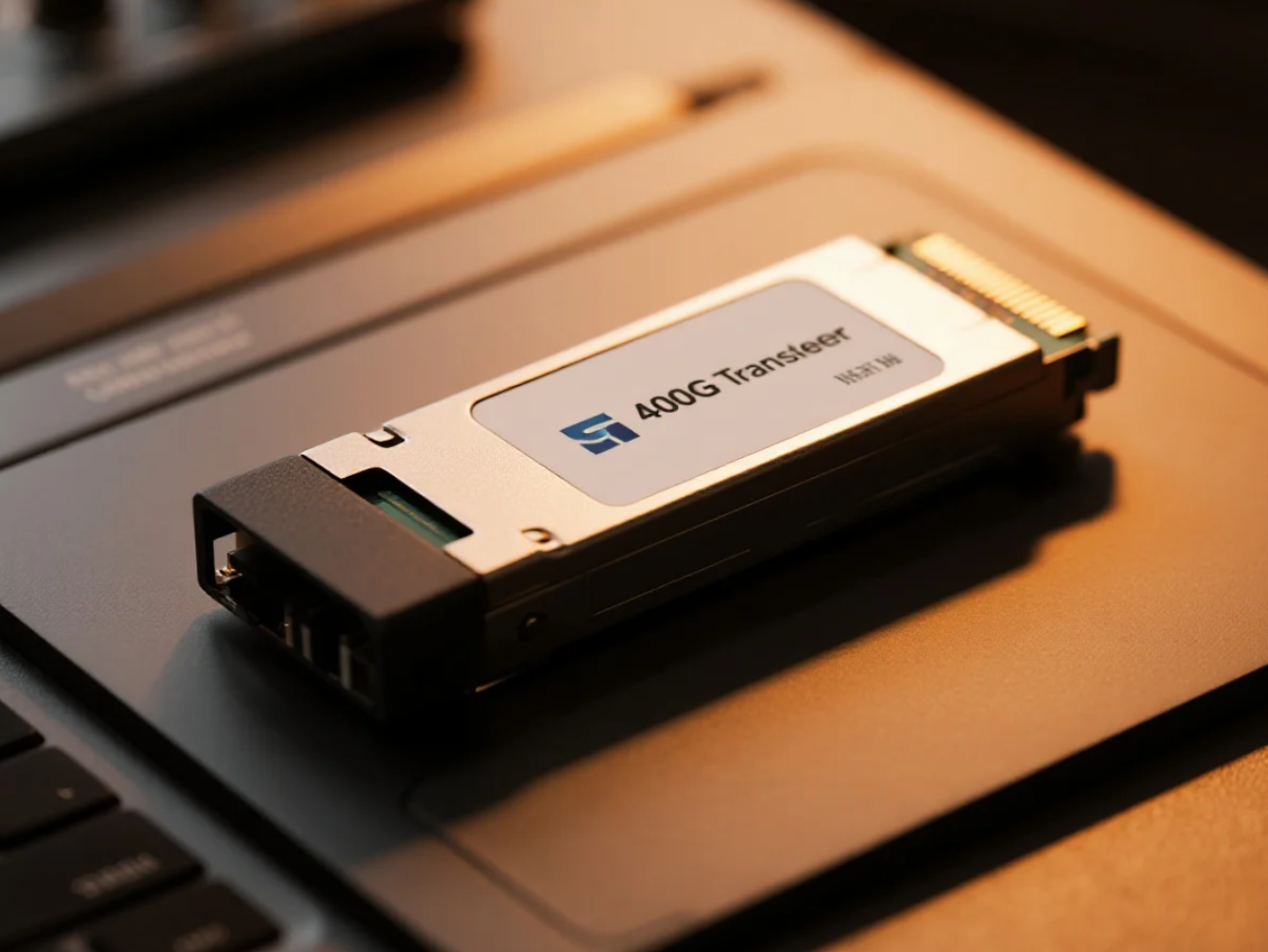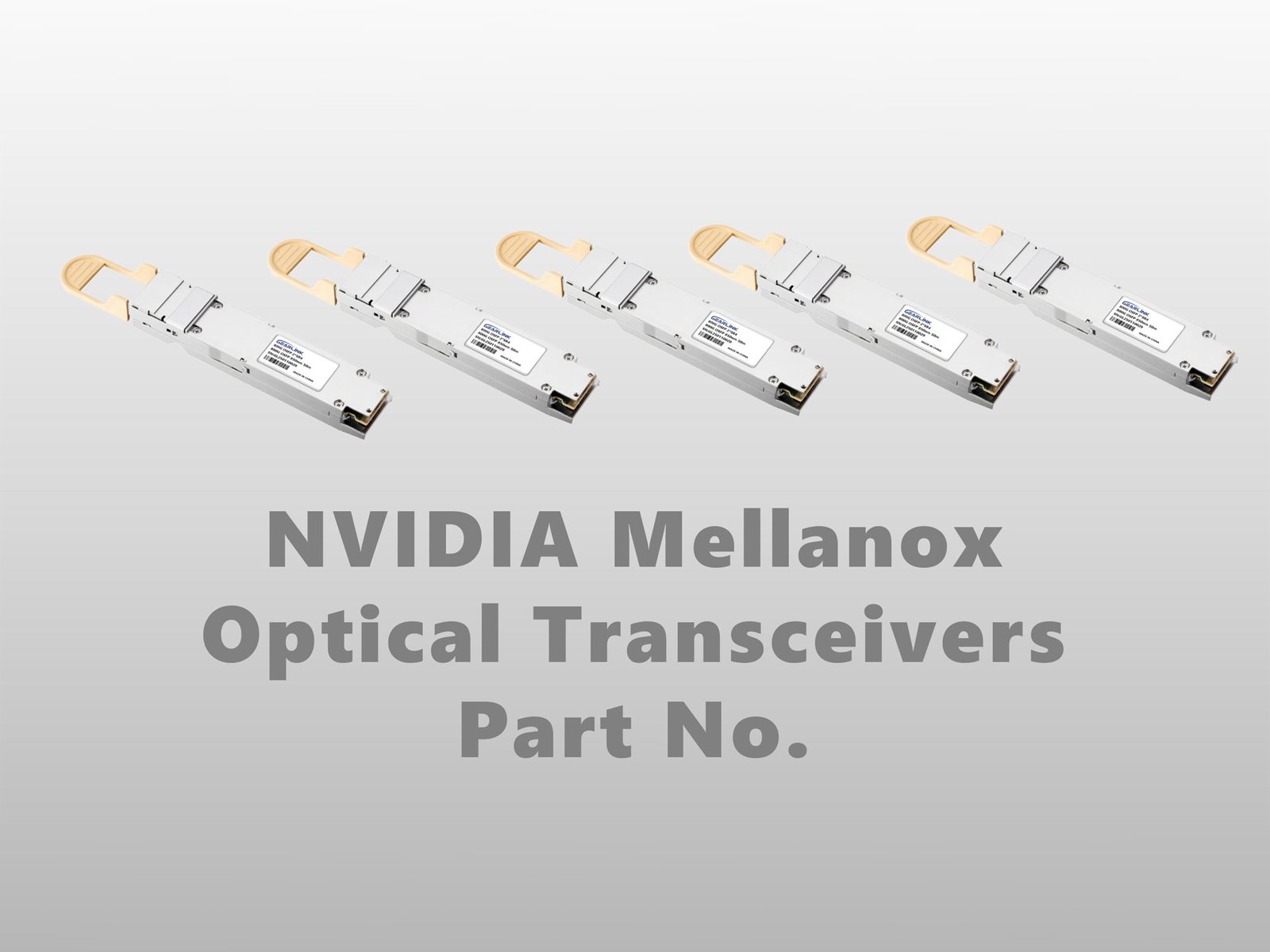Introduction to the 800G DR8 Ecosystem
The relentless surge in data traffic, primarily driven by the exponential growth of cloud services, Artificial Intelligence (AI), and High-Performance Computing (HPC), is pushing the limits of existing data center infrastructure. Consequently, network architects are continually seeking higher bandwidth, lower latency, and greater power efficiency in their interconnect solutions. Emerging as a pivotal technology to meet these demanding requirements is the 800G DR8 optical module. This cutting-edge transceiver is not merely an incremental speed upgrade; rather, it signifies a fundamental leap in data transmission capability, doubling the bandwidth density compared to its 400G predecessors. Operating typically in a QSFP-DD (Quad Small Form-factor Pluggable Double Density) form factor, the 800G DR8 is specifically engineered for intra-data center links, interconnecting high-capacity switches, routers, and compute clusters over single-mode fiber (SMF). This module leverages sophisticated technical advancements, positioning it as an essential component for the next generation of hyper-scale and AI-driven data centers.
The Technical Core: Unpacking the 800G DR8’s Distinctive Features
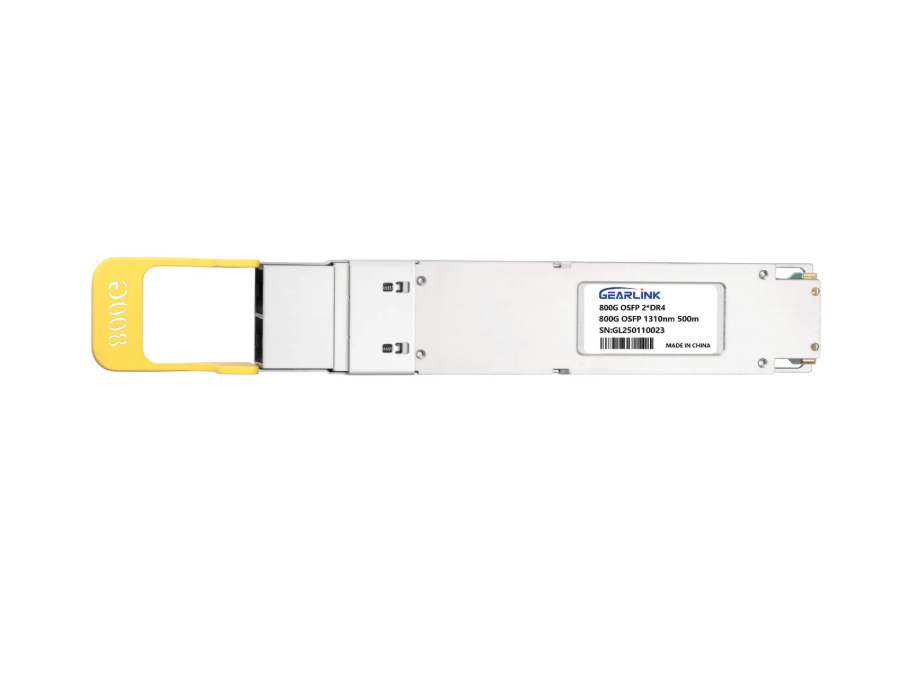
The exceptional performance of the 800G DR8 module is firmly rooted in its sophisticated design and adherence to stringent industry standards. At its heart, the module achieves its aggregated 800 Gbps rate by utilizing eight individual channels, each operating at 100 Gbps. This is realized through the adoption of Pulse Amplitude Modulation 4-level (PAM4) technology, which ingeniously doubles the bit rate per symbol compared to traditional Non-Return-to-Zero (NRZ) modulation.
A defining characteristic of the 800G DR8 is its parallel single-mode fiber (SMF) architecture, which utilizes a total of 16 fibers—eight for transmission and eight for reception—connected via an MTP/MPO-16 connector. This parallel arrangement is crucial for achieving the high aggregate bandwidth over distances typically up to 500 meters, which covers the critical spine-and-leaf and inter-rack links within large data centers. The use of eight 100G PAM4 electrical and optical lanes is key to its high data throughput and is compliant with key IEEE standards, ensuring seamless interoperability across diverse vendor ecosystems. Furthermore, the deployment over single-mode fiber is a significant choice, offering a better path toward future scalability and enabling longer reach compared to multimode fiber options for short to mid-reach links. Moreover, the 800G DR8 operates within the 1310 nm wavelength window. The integration of high-performance Digital Signal Processing (DSP) chips is integral to managing the increased complexity of the PAM4 signals, ensuring signal integrity, and maintaining low Bit Error Rates (BER) even at these ultra-high speeds.
While achieving 800G bandwidth, careful consideration has been given to power consumption. Modern data centers place a premium on watts-per-bit efficiency to control escalating operational costs and meet sustainability goals. The QSFP-DD form factor, while dense, is optimized for thermal management. Continuous innovations in Silicon Photonics and advanced packaging technologies are further driving down the power envelope of 800G DR8 modules, making them a more environmentally and economically responsible choice compared to previous generation solutions scaled up to similar aggregate bandwidths. This focus on efficiency is a core tenet of responsible network design in the modern era.
Transformative Applications of 800G DR8 in Optical Networks
800GBASE 2 x DR4/DR8 OSFP PAM4 1310nm 500m DOM Dual MPO-12/APC SMF Optical Transceiver Module
Price range: NT$1,699 through NT$1,768
The integration of the 800G DR8 module is set to revolutionize network topologies, offering practical and scalable solutions for the most demanding network environments, especially for optical module product users like you at OpticTran.
The primary application for the 800G DR8 is in hyper-scale and cloud data centers. As switch ASIC capacity doubles from 25.6 Tbps to 51.2 Tbps and beyond, a corresponding increase in port speed is required to maintain the desired network radix (the number of ports on a switch). The 800G DR8 facilitates the essential high-speed ‘spine-to-leaf’ and ‘leaf-to-leaf’ connections that form the backbone of these massive network fabrics. Its 500-meter reach capability over SMF is ideally suited for spanning the vast distances within these large facilities, ensuring all interconnected devices operate with minimal latency.
AI and Machine Learning (ML) workloads demand unprecedented levels of interconnect bandwidth and extremely low latency for rapid model training and distributed processing across numerous GPUs and accelerators. The 800G DR8 is an indispensable enabler here. It provides the necessary ultra-high-speed links within the cluster fabric, ensuring that massive datasets are transferred quickly and synchronously between computing nodes. This high-throughput connectivity is paramount to prevent network bottlenecks from hindering the computational power of the underlying AI hardware, thereby significantly accelerating the pace of innovation in AI infrastructure.
A key advantage offered by the 800G DR8 is its versatility in supporting various connection scenarios. Utilizing specialized MTP/MPO-16 breakout cables, an 800G DR8 port can be broken out into multiple lower-speed channels, such as two 400G DR4 links or even eight 100G DR links. This breakout capability is essential for gradual network migration, enabling operators to connect an 800G switch to existing 400G or 100G equipment without a complete, simultaneous overhaul. This flexibility maximizes the return on investment (ROI) and simplifies the transition pathway to higher network speeds.
Strategic Considerations for Adopting 800G DR8
For network professionals planning a migration, a strategic, value-driven approach is recommended. While the technical benefits are clear, the successful adoption of 800G DR8 hinges on several practical factors. Compatibility with existing QSFP-DD ports is generally ensured, which eases the integration process. However, the requirement for MPO-16 fiber cabling necessitates a thoughtful review of current fiber plant infrastructure. Assurance of multi-vendor interoperability is critical; industry standards and rigorous testing guarantee that 800G DR8 modules from different suppliers can function seamlessly together, which protects network investment and prevents vendor lock-in. Due to the high speeds, the quality of both the optical module and the associated cabling is paramount. Investing in certified, high-quality optical components like those provided by OpticTran ensures long-term reliability and optimal performance, minimizing downtime. The migration to 800G DR8 is not merely a cost of upgrading; it is a vital investment in future-proofing a network. By embracing this technology, organizations empower themselves to handle future bandwidth demands, reduce operational expenditure through efficiency gains, and maintain a competitive edge in the fast-paced digital economy. Responsible deployment means prioritizing quality, sustainability, and flexibility to build a robust, next-generation optical infrastructure.
Frequently Asked Questions (FAQ)
What is the main benefit of using the 800G DR8 module over 400G solutions?
The principal advantage is the doubling of bandwidth density and aggregate data rate, reaching 800 Gbps per port. This enables network operators to handle massive increases in data traffic—especially in AI and cloud applications—while maintaining or reducing the physical footprint and complexity of their network infrastructure.
Does the 800G DR8 require new fiber optic cabling?
The 800G DR8 typically uses single-mode fiber (SMF) and requires an MTP/MPO-16 connector to support its eight parallel optical lanes. If your current installation uses MPO-12 or duplex connectors, new MPO-16 trunk cables or patch cables will be necessary for a direct, 800G-to-800G link.
Is the 800G DR8 compatible with existing 400G equipment?
Yes, a major feature is its flexible interoperability. The 800G DR8 can be connected to two separate 400G DR4 ports or eight 100G DR ports using specific MPO-16 to MPO-12 (or MPO-16 to LC) breakout fiber assemblies, which facilitates a smooth and phased migration.
